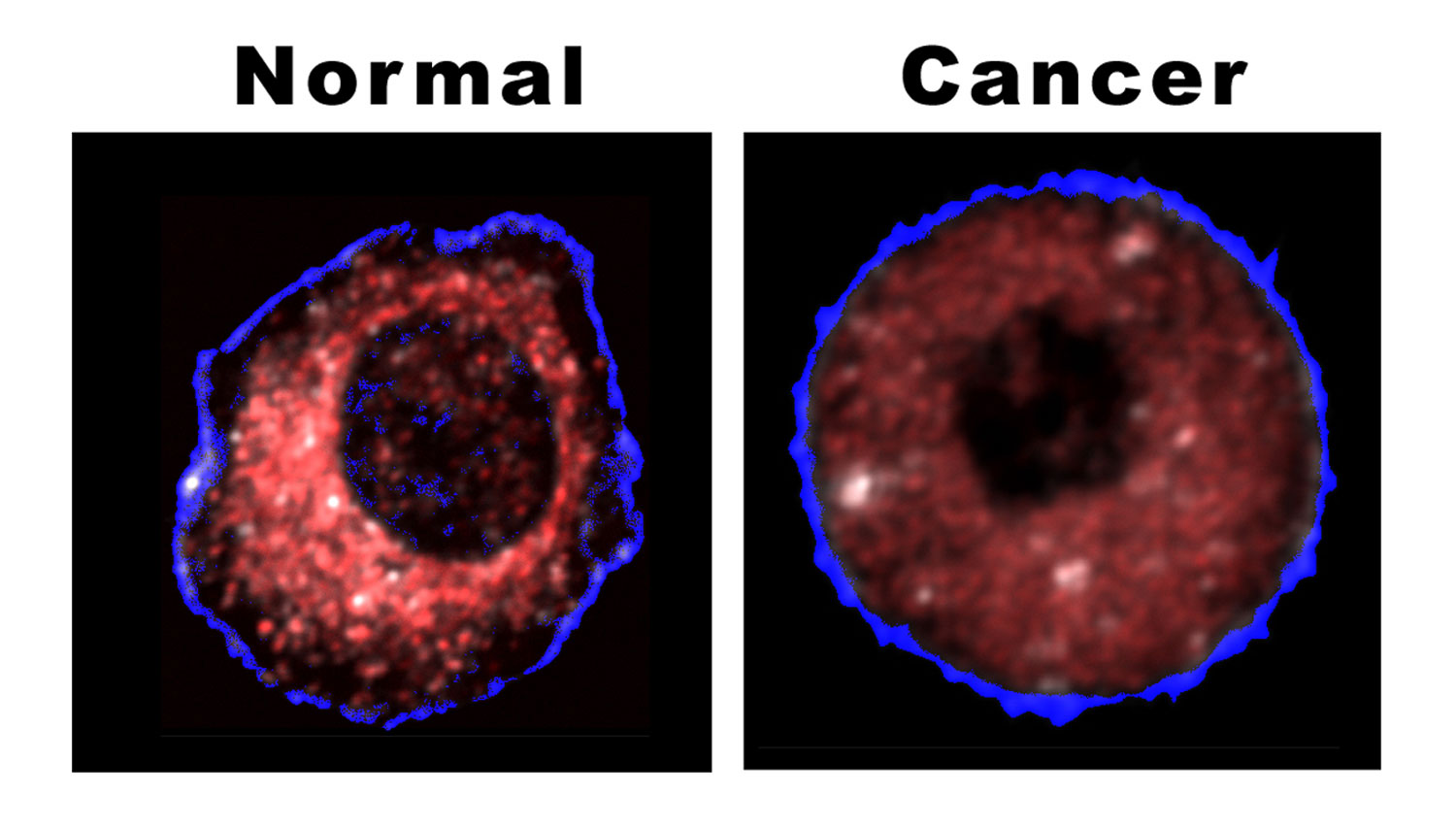CMDCMiracle
심혈관 대사질환센터
Cardiovascular and Metabolic Disease Center
Mitochondrial Research Affinity Collaboration-Laboratories & Engineering
0
Cardiovascular and Metabolic Disease Center
Mitochondrial Research Affinity Collaboration-Laboratories & Engineering
Home
> 0
A novel technique for new idea to Mitochondria as Ischemia biomarker
- 작성자dang van cuong
- 작성일2005-05-02 00:07:43
- 조회수2736
- 첨부파일첨부파일mitopic.jpg

Total406개
[ page17/28 ]
| No. | 제목 | 작성자 | 작성일 | 조회수 |
|---|---|---|---|---|
| 166 | RNAi: A Powerful Reverse Genetic Tool (1) 2006.06.07 | 고재홍 | 2006.06.07 | 2,124 |
| 165 | 언제까지 공부해야하나? (1)첨부파일 2006.06.04 | 한진 | 2006.06.04 | 1,904 |
| 164 | Mitochondrial physiology in tumourigenesis 2006.05.31 | 한진 | 2006.05.31 | 2,645 |
| 163 | mitochondrial respiration 2006.05.31 | 한진 | 2006.05.31 | 7,414 |
| 162 | 커피 하루 1-3잔, 심혈관질환 예방에 도움 (1) 2006.05.27 | 김태호 | 2006.05.27 | 1,859 |
| 161 | Cell - table of contents 2006.05.20 | 김형규 | 2006.05.20 | 7,166 |
| 160 | science table of contents 2006.05.20 | 김형규 | 2006.05.20 | 4,983 |
| 159 | Nature- table of contents 2006.05.20 | 김형규 | 2006.05.20 | 10,569 |
| 158 | 1번 염색체 해독 완료…인간게놈 ‘유전자 지도’ 완성 (2) 2006.05.18 | 김태호 | 2006.05.18 | 2,232 |
| 157 | Scientists report Parkinson's discovery 첨부파일 2006.05.07 | 한진 | 2006.05.07 | 3,209 |
| 156 | 설창원 (2) 2006.05.04 | 한진 | 2006.05.04 | 1,879 |
| 155 | Parkin’, ‘PINK1’ 단백질에 대한 논문이 동시에 나왔습니다. 참고바랍니다. (2)첨부파일 2006.05.04 | 한진 | 2006.05.04 | 4,402 |
| 154 | Science of Sport: If you "feel the burn," you need to bulk up your mitochondria 첨부파일 2006.05.03 | 한진 | 2006.05.03 | 3,563 |
| 153 | Possible target for future therapies aimed at delaying or stopping Alzheimer's disease 2006.05.02 | 한진 | 2006.05.02 | 1,895 |
| 152 | Understanding Cell Death May Bring New Life To Kidney Treatment 2006.04.21 | 한진 | 2006.04.21 | 2,192 |



